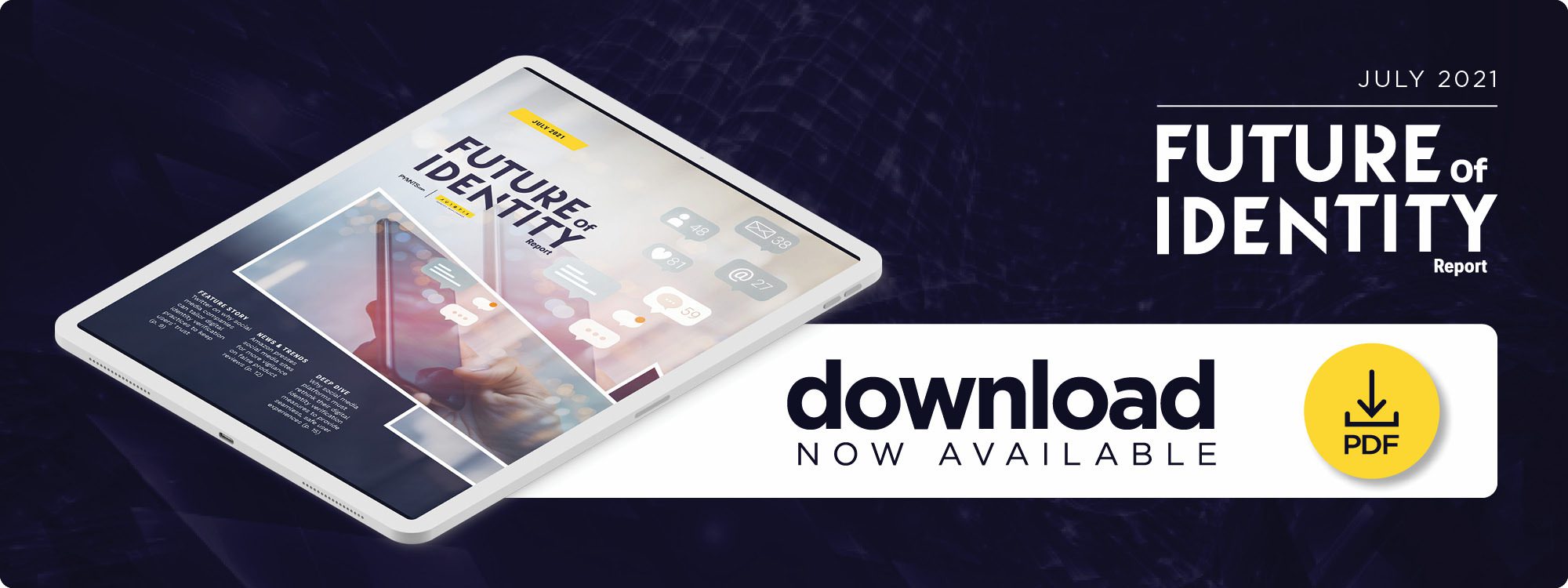Twitter On Why Social Media Companies Must Evolve Their Digital Identity Verification Practices To Keep User Trust

As social media sites transform from messaging platforms to payment-processing social commerce hubs, Twitter’s Sudan Sethuramalingam updates PYMNTS on his company’s push to boost biometrics to improve identity and security. You’ll find that, and more, in the latest Future Of Identity Report.
Social media sites have become standard touch points for millions of consumers and businesses worldwide. Ensuring that fraud — whether in the form of false users or inaccurate or malicious content — is not allowed to circulate on these sites is, thus, a top priority for most of these platforms as they become hubs for business and payments as well as news and entertainment. This makes putting robust identity verification measures in place essential, but users of these sites have not always been totally comfortable sharing personal data with social media sites, said Sudan Sethuramalingam, head of service technology and scaled operations at Twitter.
“People, in general, have felt, ‘I do not want to share my ID on a social network,’ because they think showing or providing [their] ID is like throwing your ID in the ocean or something and anyone can get access to it and someone random is going to pick it up,” he said.
Gaining users’ trust is the first step toward assuaging those fears, Sethuramalingam continued. This means keeping pace with current customer security preferences while framing the identity verification process as a benefit rather than a point of friction for users.
Meeting Consumers’ Shifting Identity Verification Needs
Keeping users engaged requires social media platforms to build trust inside the verification process itself, Sethuramalingam said. He likened the experience to the authentication steps usually undertaken at airports, where customers generally see them as a value-add — something desirable that is done with their best interests in mind. Developing this trust requires that social media companies use verification measures that reassure individuals about their own accounts’ security and also about other users’ legitimacy, he said.
“I think identity [verification] is important in saying … [it’s] OK to follow this person — it is secure because they are a verified user. We stand behind them to some extent and [users] can follow this account,” Sethuramalingam said.
This also means that social media sites must stay up to date on which identifiers or authentication factors users prefer. The age of static online verification through details like usernames and passwords is ending as customers begin to increasingly trust emerging methods like biometrics or two-factor authentication to access devices and services in the offline world, he explained.
“I think we have seen this in our own [lives],” he said. “We started with key PIN pads and passwords, and slowly we are now using biometrics to log in to our phones and homes and cars. … If you look at all these data points that help build trust and identity, right now biometrics and AI [artificial intelligence] provide better trust than having a login password or two-factor passwords — biometrics are more secure. So, in a way, I think we will keep on reaching for more ways to identify someone that are more secure and build more trust [for the] user.”
Incorporating emerging identity verification measures that layer new or unique data points to authenticate users, such as biometric identifiers, will also likely become more important for social media companies over time, he added. More companies and individuals are shifting to digital channels to conduct much of their business, and online entities need to find ways to verify such users outside of the historical norm for this expansion to truly continue.
Expanding Access To Digital Services With New Identity Verification Methods
It is crucial for social media sites and other businesses to consider how identity itself is changing as more aspects of daily life shift online, Sethuramalingam said. Relying heavily on traditional methods of identification could bar a significant number of consumers from participating online or accessing digital services, he added, pointing to the millions of individuals globally lacking birth certificates, driver’s licenses or other forms of ID. Incorporating alternative data points into users’ digital identities is one way that businesses may be able to help such individuals participate in the expanding digital economy.
“We are going to be in this constant movement of collecting new data that is going to identify who [individuals] are. … [It goes] hand in hand with security and privacy, because there are folks who care about certain types of data and there are folks who do not care about it because they think it does not add any value to [identifying] who [users] are,” he said. “So I just think it is a constant evolution; just like we evolved as humans, our identity [evolves] as humans.”
Staying on top of this evolution is likely to be key for social media companies, especially as more individuals turn to these platforms not only to find entertainment, share content and make professional connections but also to unlock new ways to shop and pay. Providing such users with identification solutions that meet their own unique needs is, therefore, a must for social media firms in the future.
